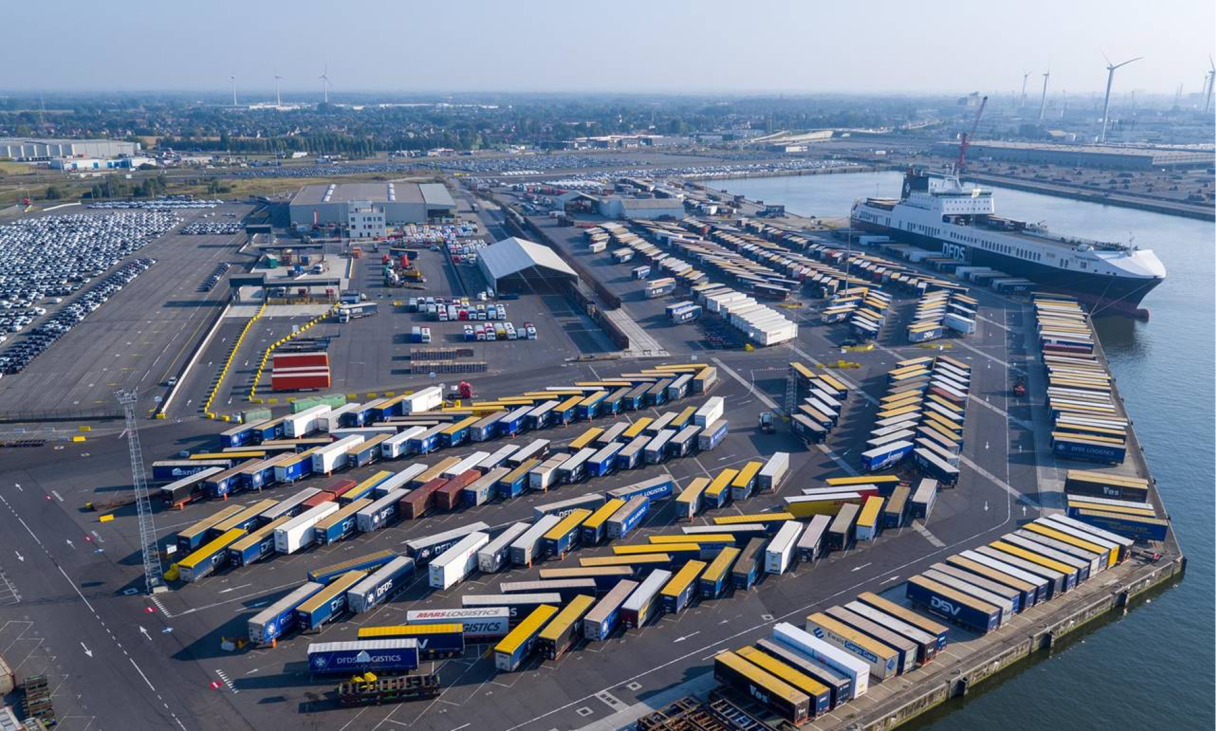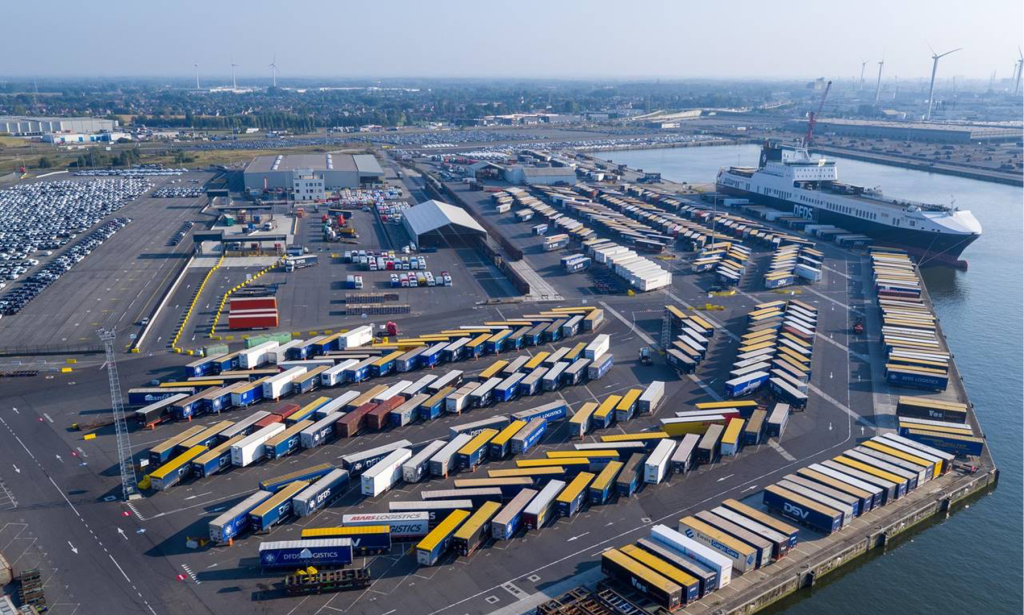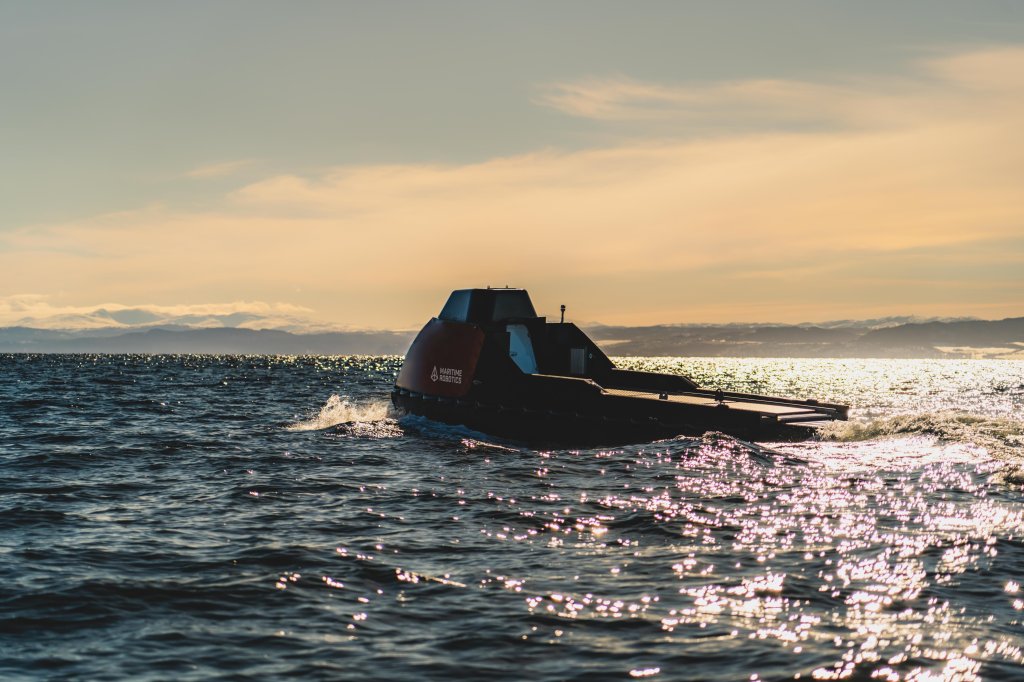AUTOFLEX press release: Transition to climate-friendly, flexible, and resilient transportation
– new research project AUTOFLEX to introduce small, autonomous, zero- emission inland vessels. Maritime Robotics is one of the partners in the AUTOFLEX HEU Project. The European Research Project facilitates the transition to climate-friendly, flexible, and resilient transportation. Marking the start of the project, AUTOFLEX Dissemination Coordinator recently published the official Press Release about the project.
AUTOFLEX press release - Start of the project
In order to achieve climate neutrality for all EU countries by 2050 and, thereby, realizing the ambitious European Green Deal, gains in energy efficiency in all sectors are just as important as the increased use of renewable energies. In transportation, this means elevating the share of vehicles with drive systems powered by electricity and sustainable alternative fuels – including inland vessels. Additionally, a green modal shift from highly congested roads to better utilized inland waterways shall be realized.
However, the increased use of inland waterways is already being hampered by changes in cargo structure and variable water levels due to climatic changes – with even more volatility expected for the future. On the contrary, a series of studies and small-scale developments has indicated that small, autonomous units on the water are capable of providing new logistics services in an economically and ecologically sustainable manner – even on formerly underutilized waterways. Revitalizing those with the services conducted by zero-emission inland vessels and combining them with electric trucks to conduct the last mile transport leads to a brand-new logistics service in line with the climate goals of Fit for 55.
From January 2024 onwards, nine reputable partners from six European countries will take on developing a new waterborne transport system independently of established structures. New inland cargo vessels are being developed that can reliably carry out transport services in small waterways, even in confined waters and in extreme-low water situations. New distribution hubs are designed as an interface to road transport, which will ensure both cargo transshipment and zero-emission energy supply for the ships and trucks at the same time. Geographically, the two use cases of AUTOFLEX are situated in the Randstad Holland region around Amsterdam and the other three major cities of the Netherlands, and in the East Flemish city of Ghent.
Figure 1: DFDS’ Gent terminal, that serves as a test bed for AUTOFLEX (© DFDS)
The project partners aim to evaluate and prove the feasibility of the newly designed transport system through model scale testing and by means of a full-scale demonstrator consisting of a demonstration vessel provided by DFDS from Denmark and equipped with technology from Maritime Robotics from Norway. The consortium – consisting of development and application partners from industry, research, and academia – plans to demonstrate the following in detail:
Competitive zero-emission inland vessels that are capable of operating on small waterways autonomously without crew on board and resilient towards extreme-low-water periods.
Develop a transport system architecture and its components for waterborne urban distribution, representing an effective alternative to road transport and allowing transshipment between different transport modes.
Develop a combined cargo-and-energy hub (stow&charge) for the reliable provision of electric energy for the new transport system.
Develop viable business models for the new waterborne transport service.
Demonstrate and validate transport system based on autonomous inland navigation and its vessel concepts – through quantitative analysis, computer simulation, model scale testing and demonstration, as well as full-scale demonstration.
Develop recommendations to policy and industry, propose interface standards, e.g. towards ISO, and generate a roadmap to realization.
The development of AUTOFLEX has the potential not only to provide decisive impetus for the transformation of the European transport system to a climate-neutral model, but also to strengthen the competitiveness of European research and industry.
Figure 2: A MASS vessels from AUTOFLEX Partner Maritime Robotics, which technology will now be scaled to the AUTOFLEX use case (© Maritime Robotics)
A total of nine partners from Belgium, Denmark, Germany, Greece, Norway, and the Netherlands – under coordination of the Norwegian Research and Technology Organisation SINTEF Ocean – are funded with 4.5 million euros over a period of three years by the European Commission in its Horizon Europe program under Grant Agreement no. 101136257.
List of Partners:
SINTEF Ocean AS
DFDS AS
NTUA (Ethnicon Metsovion Polytechnion)
ISE Institut für Strukturleichtbau und Energieeffizienz gGmbH
Maritime Robotics AS
Fraunhofer Center for Maritime Logistics and Services CML
DST Entwicklungszentrum für Schiffstechnik und Transportsysteme e.V.
Zero Emission Services BV
For further details on the project, visit: https://www.linkedin.com/showcase/autoflex-heu-project/about/



